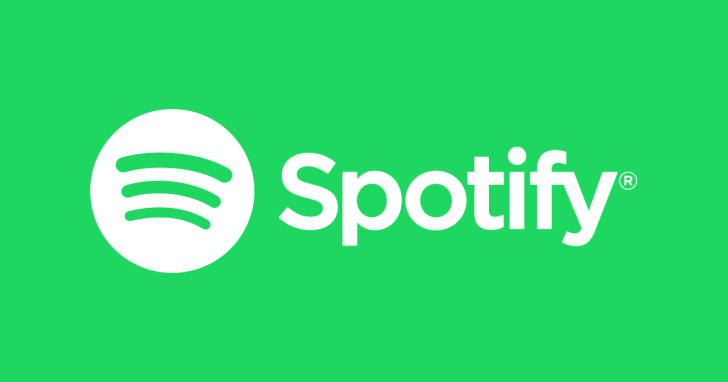
Singaporeans can say goodbye to 2G technology tomorrow as the three Telcos, M1, Singtel and StarHub, will cease the provision of all 2G services in the country.

2G (also referred as Global System for Mobile Communications) is a second generation of mobile phone technologies, capable of supporting voice calls, SMS and basic internet access (GPRS, EDGE). It was introduced to Singapore in 1994 (Malaysia in 1995).
2G is a 25 year-old technology. Telcos around the world are slowly pulling the plug on 2G to focus resources on newer technologies. The process is called refarming and it means that mobile network operators would re-purpose 2G (and even 3G) technology to 4G LTE (and 5G), thus abandoning 2G traditional services.
In the last few years, mobile operators in Singapore have been conducting outreach programmes to encourage customers to migrate to newer networks. The country banned the sale of 2G-only mobile phones and new prepaid SIM cards no longer work on 2G devices.
Today, the majority of mobile phone customers in Singapore are on 3G and 4G networks. As of 2015, there are about 3 per cent, or about 250,000 individual SIM cards in Singapore, on 2G prepaid and postpaid subscriptions. These numbers have dropped drastically. As of last week, 2G users in Singapore are estimated to be between 60,000 and 80,000, largely used by the migrant workers.
In approving the telcos’ request, regulator Infocomm Development Authority of Singapore (IDA) said it took into consideration the evolving technology landscape and the migration of consumers to 3G and 4G technologies.
[Note: IDA is quite similar to Malaysian Communications and Multimedia Commission-MCMC in Malaysia]
“The retirement of the 2G networks will allow more efficient use of the scarce radio frequency spectrum to provide the more advanced 3G and 4G services, which will better meet users’ demand for rich multi-media content,” IDA said.
IDA noted that providers in countries such as Japan, Australia (planned for September 2017) and the US have also closed their 2G networks, or plan to do so. It added that customers moving off their existing 2G plans will not be charged extra.

According to IDA’s Q1 2016 4G Mobile Service Coverage report, all three telcos already have 3G coverage that exceed 99 per cent, with SingTel coming in the highest at 99.89 per cent. StarHub achieved a score of 99.43 per cent while M1 saw its network cover 99.36 of Singapore.
4G coverage requirement for outdoor areas will be increased to 99 per cent from July 2017. From July 2018, 4G coverage in tunnels must be at least 99 per cent, and from January 2019, coverage inside buildings must be at least 85 per cent.
Operators who fail to meet the standards may be fined up to S$50,000 per month for each instance of non-compliance, the IDA said.










